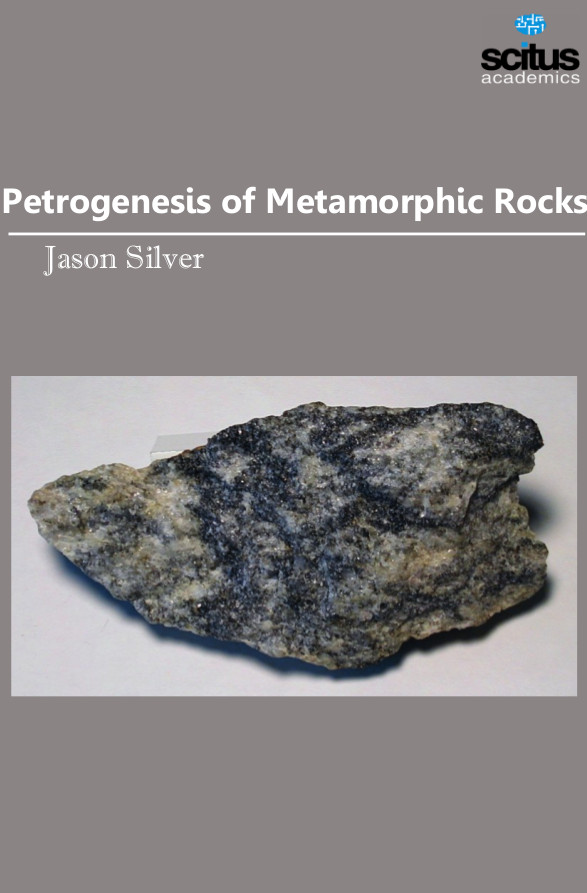Rock metamorphism is a geological process that changes the mineralogical and chemical composition, as well as the structure of rocks. Metamorphism is typically associated with elevated temperature and pressure, thus it affects rocks within the earth’s crust and mantle. Metamorphic rocks are made by either heating up or squashing the earth’s crust. They are often found in mountainous regions. A metamorphic rock is a result of a transformation of a pre-existing rock. The most typical metamorphism transforms sedimentary rocks to metamorphic rocks by addition of heat during mountain building or by a large volume of magma in the crust. The original rock is subjected to very high heat and pressure, which cause obvious physical and/or chemical changes. One example is slate. Slate was originally a black mud laid down on the bottom of the sea or lake. Fossils Andreas can sometimes be found in it but they are often squashed. Due to the action of plate tectonics, compression, stress and shearing forces over long periods of time, rocks can be essentially warped and deformed, causing them to be compacted into a smaller volume of space. As a consequence, metamorphic rocks are always more dense than their original material, and also much less susceptible to erosional breakdown. As the Earth’s plates move over geologic time, a plate containing igneous or sedimentary rock may become subducted under another plate. The sheer weight of the material above it can cause the rock to undergo metamorphism.
Petrogenesis of Metamorphic Rocks discusses the most common metamorphic rock types, structure and graphical representation of their mineral assemblages. It defines basic principles of metamorphism and metamorphic processes.













